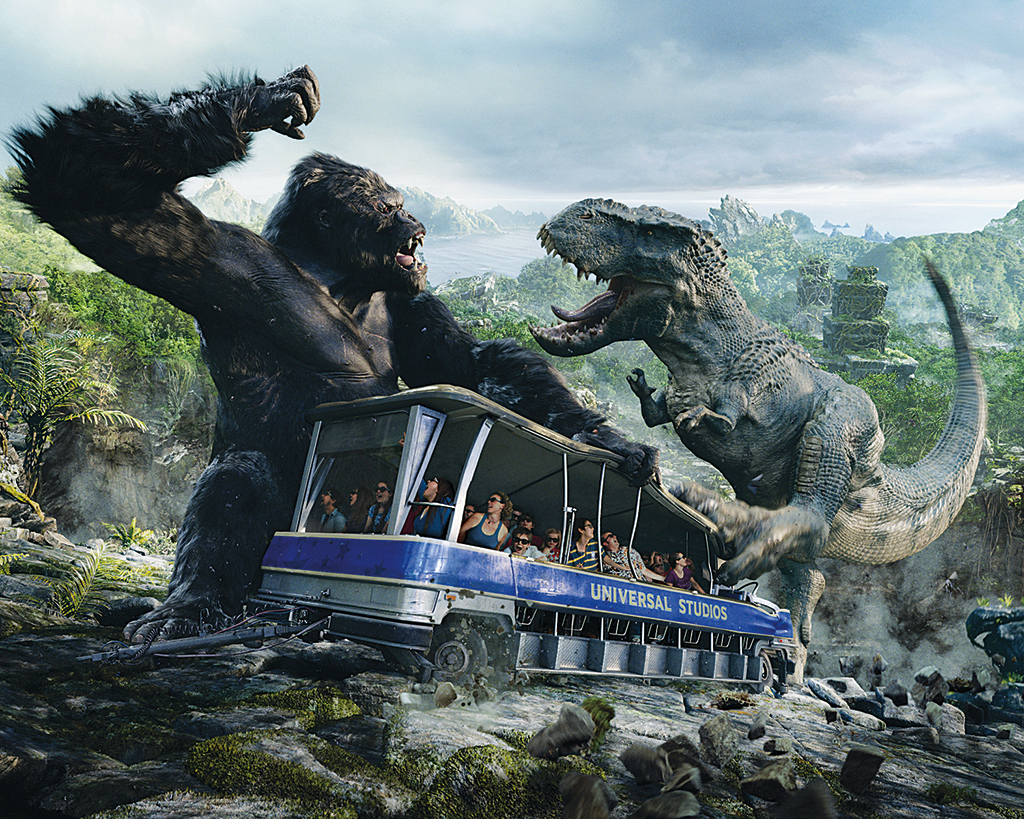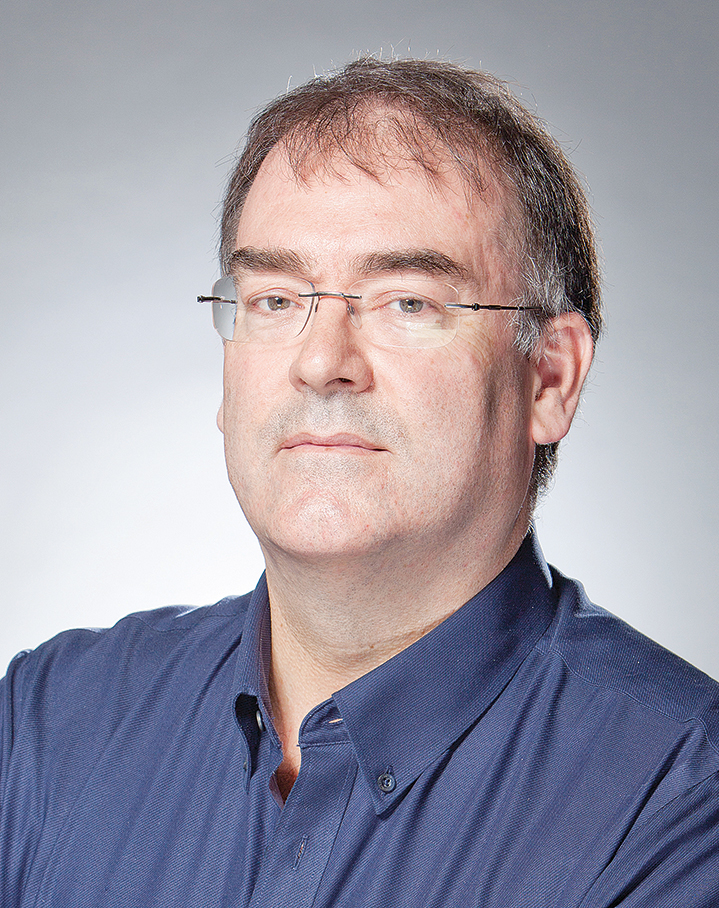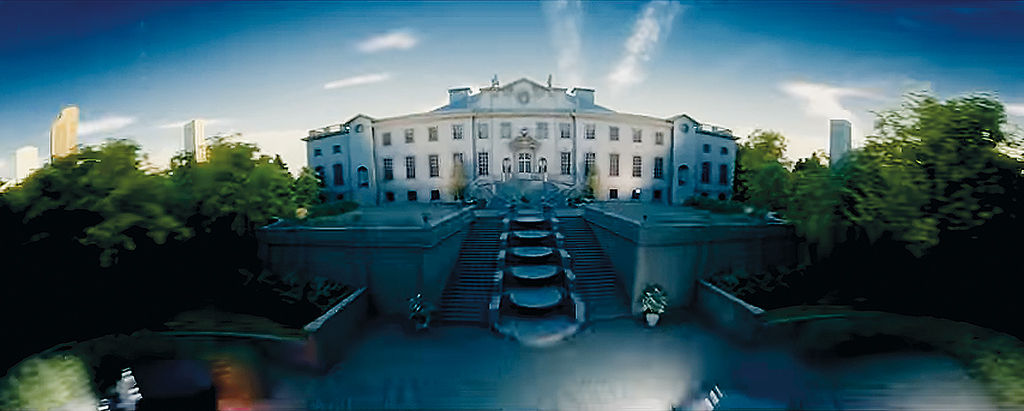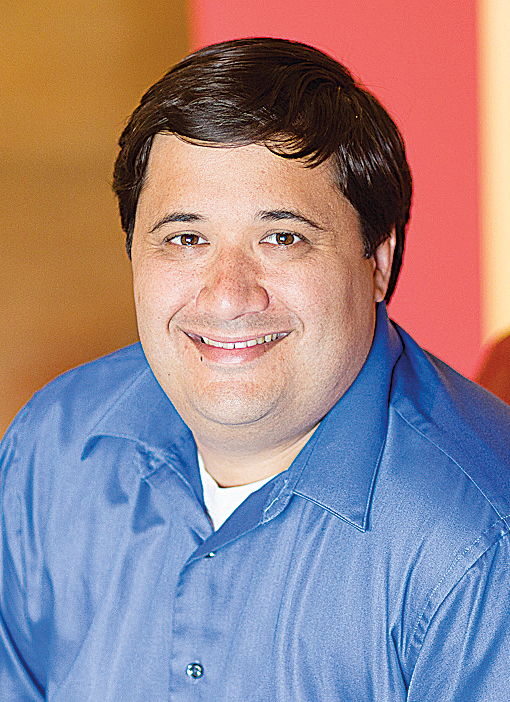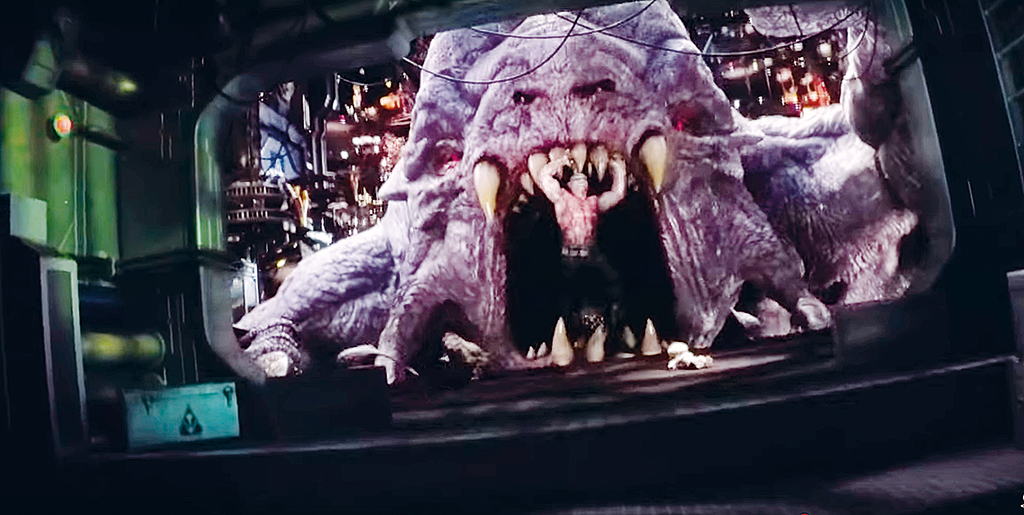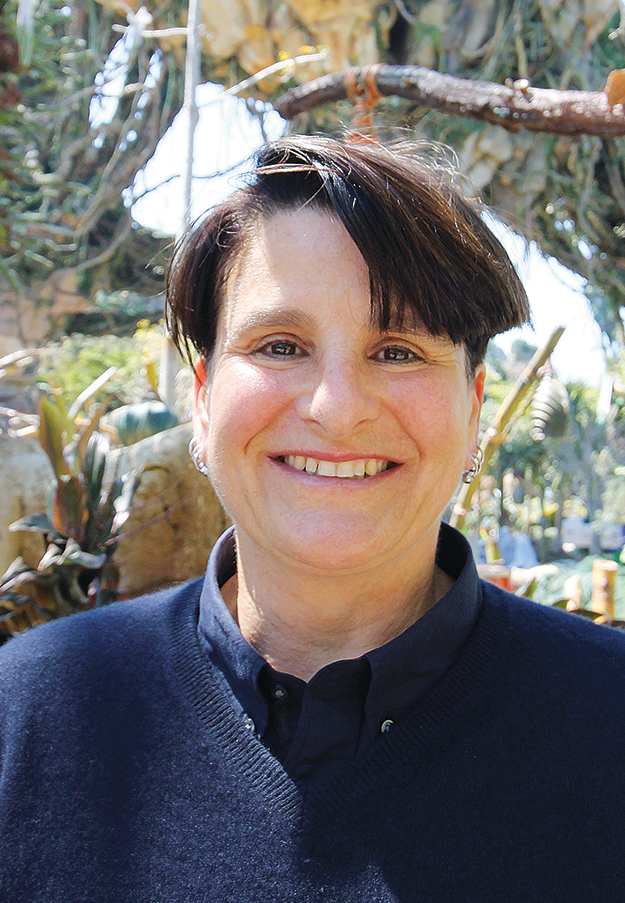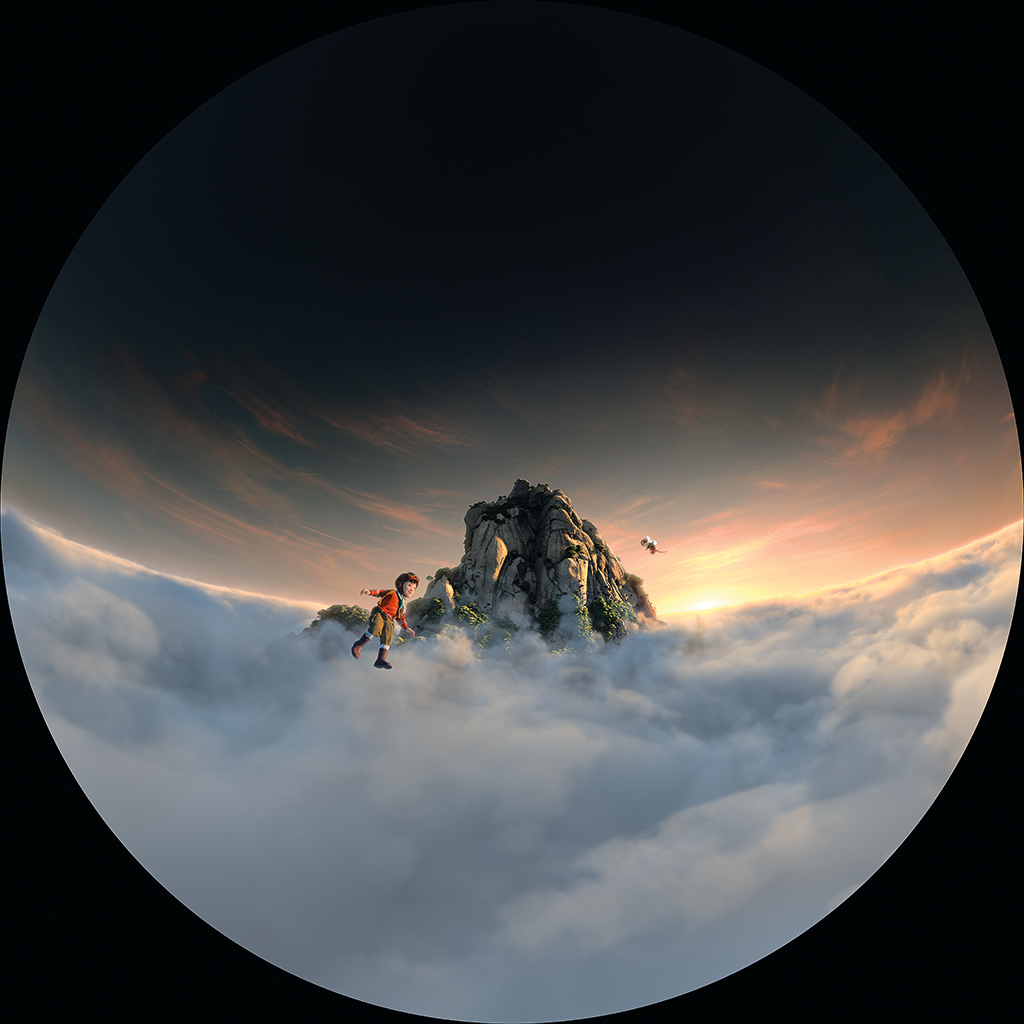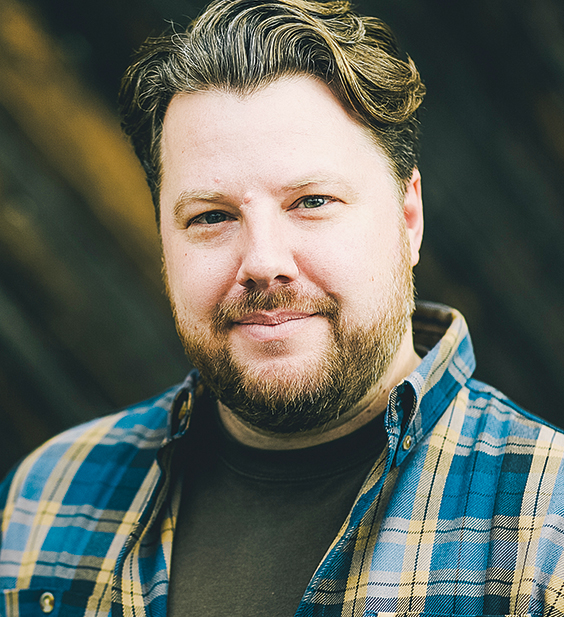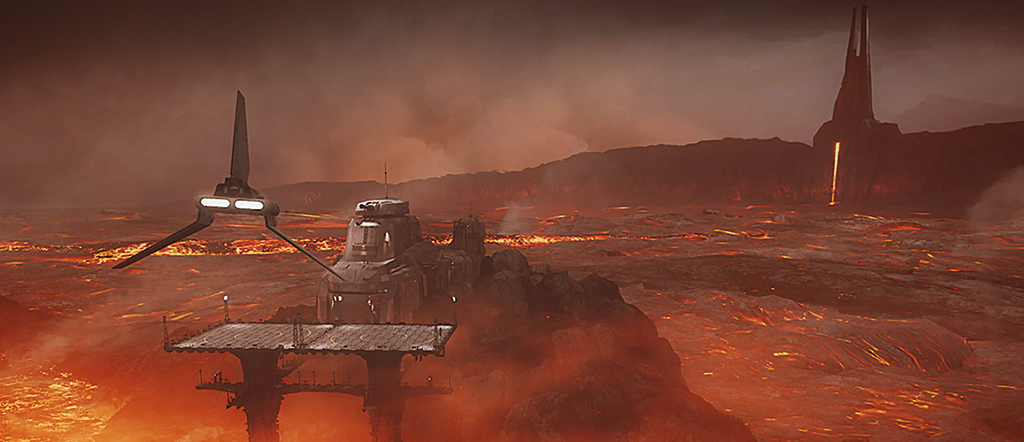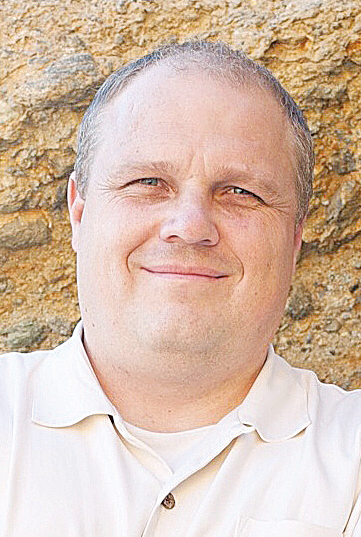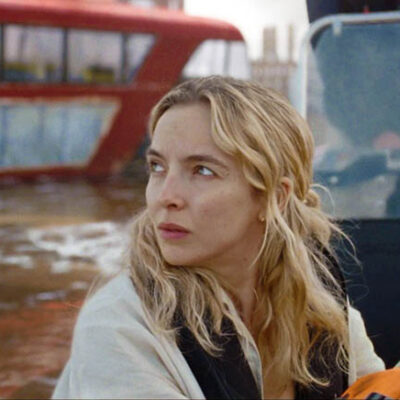MATT AITKEN, VISUAL EFFECTS SUPERVISOR, WETA DIGITAL
We faced many challenges creating King Kong: 360 3-D for Universal Studios Hollywood. On the technical side, there was the immense scale of the screens we were projecting on. These required very high-resolution imagery to avoid looking pixelated. Though the ride lasts less than two minutes, we had to render more pixels than a standard feature-length CG-animated movie. We also had to contend with designing the ride content to minimize projector cross-talk and manage stereo imagery from multiple rider perspectives so that everyone was able to experience the ride in full 3D.
Creatively, the attraction had to work as a compelling narrative experience for each of the riders in the tram train: King Kong 360 3-D is a stop on the Universal Studios backlot tram tour, and guests experience the ride arranged in a line in front of 175-foot-wide screens. The story had to play out so that everyone was able to get involved in it no matter where they were sitting, which required careful stage management of the action.
In 2010 when we launched this project, the idea of driving the audience into a large, custom-built ‘cinema,’ parking them up on a motion-base between two giant curved screens that filled their entire field of view no matter where they looked, and then taking them on a wild ride through Skull Island was, as far as I know, completely new.
In many ways, our experience working on King Kong 360 3-D was the same as any film digital visual effects project. We used the same set of software tools and produced the work in our standard visual effects pipeline. But there are some key differences to the way we have to approach these projects. For example, we have to come up with a new way of allocating the work across the large team of artists working on the ride. In a typical film project, the work is made up of many short shots and artists can work shot by shot. But the media we are creating for these rides has no edit points and plays out as one continuous take. So we have to set up workflows to enable the team to all work concurrently on what will ultimately be one big shot.
While the environment is rendering, we can continue to work on the animation of the creatures, characters, props, vehicles, etc. that populate the environment and are often one of the final things to get creative approval. We can render these elements as separate layers as they are approved and then composite them into the environment using our deep compositing workflows. Without our innovations in deep compositing, it would have been quite difficult to deliver this project.
3D is a key component in immersing the rider in the world of the ride. In King Kong 360 3-D, the backlot tour tram takes a detour to Skull Island and a CG tram car with digital-double tourists actually appears in this ride. 3D helps to create the sense that what the rider is seeing beyond the windows of the physical tram they are sitting in is a fully dimensional world extending out from their location in all directions.
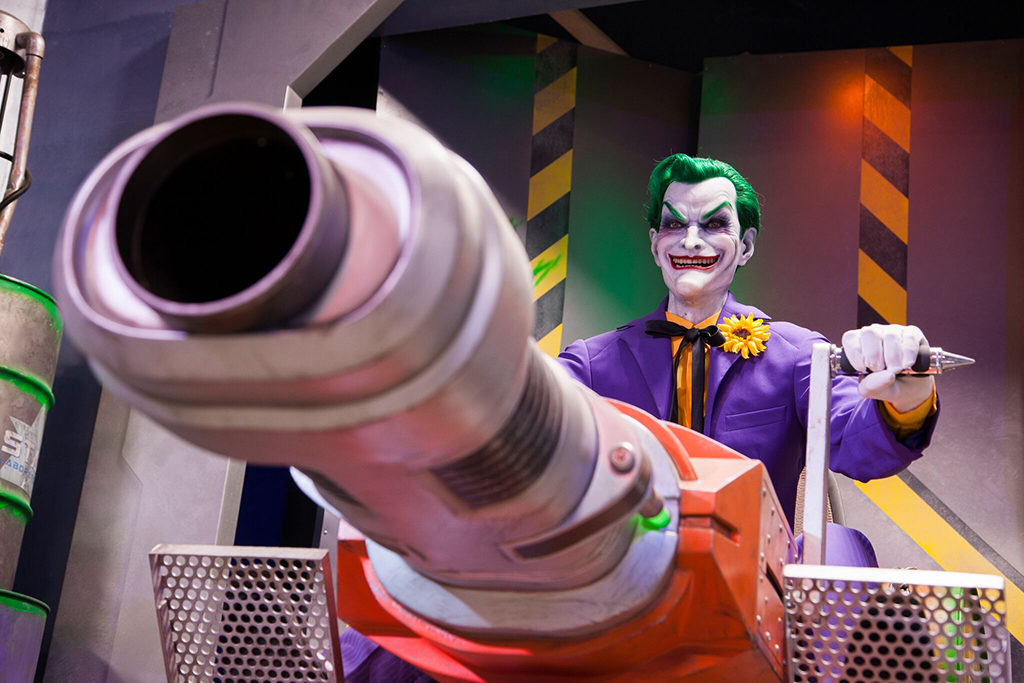 Justice League: Battle for Metropolis (Image courtesy of Sally Corporation)
Justice League: Battle for Metropolis (Image courtesy of Sally Corporation)


